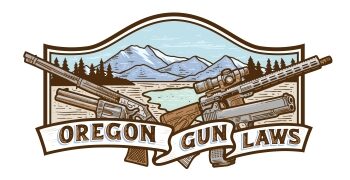ORS 161.015
Definitions
As used in chapter 743, Oregon Laws 1971, and ORS 166.635, unless the context requires otherwise:
(1) “Dangerous weapon” means any weapon, device, instrument, material or substance which under the circumstances in which it is used, attempted to be used or threatened to be used, is readily capable of causing death or serious physical injury.
(2) “Deadly weapon” means any instrument, article or substance specifically designed for and presently capable of causing death or serious physical injury.
(3) “Deadly physical force” means physical force that under the circumstances in which it is used is readily capable of causing death or serious physical injury.
(4) “Peace officer” means:
(a) A member of the Oregon State Police;
(b) A sheriff, constable, marshal, municipal police officer or reserve officer as defined in ORS 133.005, or a police officer commissioned by a university under ORS 352.121 or 353.125;
(c) An investigator of the Criminal Justice Division of the Department of Justice or investigator of a district attorney’s office;
(d) A humane special agent as defined in ORS 181A.345;
(e) A regulatory specialist exercising authority described in ORS 471.775 (2);
(f) An authorized tribal police officer as defined in ORS 181A.680; and
(g) Any other person designated by law as a peace officer.
(5) “Person” means a human being and, where appropriate, a public or private corporation, an unincorporated association, a partnership, a government or a governmental instrumentality.
(6) “Physical force” includes, but is not limited to, the use of an electrical stun gun, tear gas or mace.
(7) “Physical injury” means impairment of physical condition or substantial pain.
(8) “Serious physical injury” means physical injury which creates a substantial risk of death or which causes serious and protracted disfigurement, protracted impairment of health or protracted loss or impairment of the function of any bodily organ.
(9) “Possess” means to have physical possession or otherwise to exercise dominion or control over property.
(10) “Public place” means a place to which the general public has access and includes, but is not limited to, hallways, lobbies and other parts of apartment houses and hotels not constituting rooms or apartments designed for actual residence, and highways, streets, schools, places of amusement, parks, playgrounds and premises used in connection with public passenger transportation.
